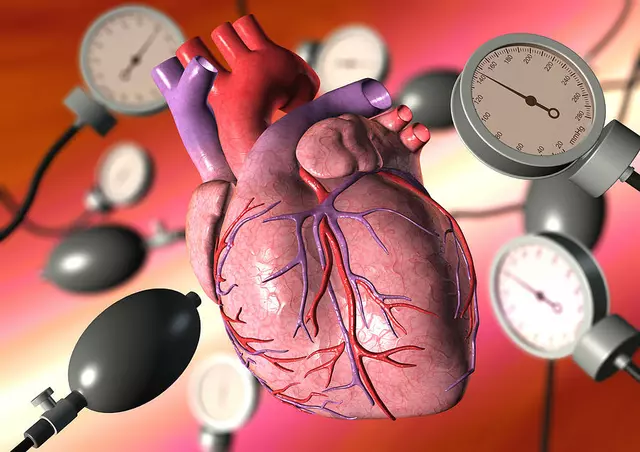Nasal Spray Dentistry: What It Is and When It Helps
Some dental offices now use a tiny nasal spray to calm patients or ease pain without needles. That’s intranasal sedation or analgesia — medicine delivered through the nose for quick effect. It’s useful for kids, people who hate needles, and short procedures where a full IV or general anesthesia isn’t needed.
How it works: a measured dose is sprayed into one or both nostrils. The nasal lining absorbs the drug fast, so you often feel the effect in 10–20 minutes. That speed and the lack of IV lines make it an attractive option for simple extractions, cleanings with heavy anxiety, or brief dental repairs.
Who is a good candidate?
Nasal spray sedation can help anxious children, adults with needle phobia, and people who need mild to moderate sedation. It’s not for everyone. Patients with severe nasal congestion, recent nose surgery, certain breathing problems, or some heart and lung conditions may not be suitable. Dentists should screen your medical history and explain alternatives first.
Ask your dentist these specific questions before you agree: Which drug will you use? How long will the effect last? Who monitors me during the procedure? What happens if I react badly? Will I need someone to drive me home?
What to expect and safety tips
Expect light drowsiness, slower reflexes, and reduced anxiety. Nasal sting or a salty taste are common but short-lived. Serious reactions are rare, but they can happen — which is why trained staff and monitoring equipment are essential. Clinics should follow sedation guidelines and have emergency meds and oxygen on hand.
Follow pre-visit rules: disclose all meds, avoid alcohol, and follow fasting instructions if given (often a few hours without heavy food). Aftercare usually means no driving or signing legal documents for 12–24 hours, and having an adult stay with you until the sedative wears off.
Alternatives include topical numbing gels, local injections, nitrous oxide (laughing gas), oral sedatives, or IV sedation. Each option has pros and cons; pick the one that matches your health, anxiety level, and the procedure’s length.
Cost and availability vary. Not every dental office offers intranasal options. If it sounds right for you, call clinics ahead and ask about experience, training, monitoring equipment, and success rates with nasal sprays.
Final practical note: never try over-the-counter or leftover prescription nasal sprays for dental sedation at home. These medicines require precise dosing and professional monitoring. Ask your dentist for clear, written instructions before and after the visit, and bring a companion to help you get home safely.

Oxymetazoline Hydrochloride: How It Improves Dental Procedures
Oxymetazoline hydrochloride isn't just for stuffy noses—dentists rely on it to control bleeding and make procedures smoother. This article explains why oxymetazoline hydrochloride is popping up in dental clinics, how it helps with anesthesia, and top tips for safe use. Curious about the science behind it or if it could make your next dental visit easier? Here’s everything you need to know.
Detail




